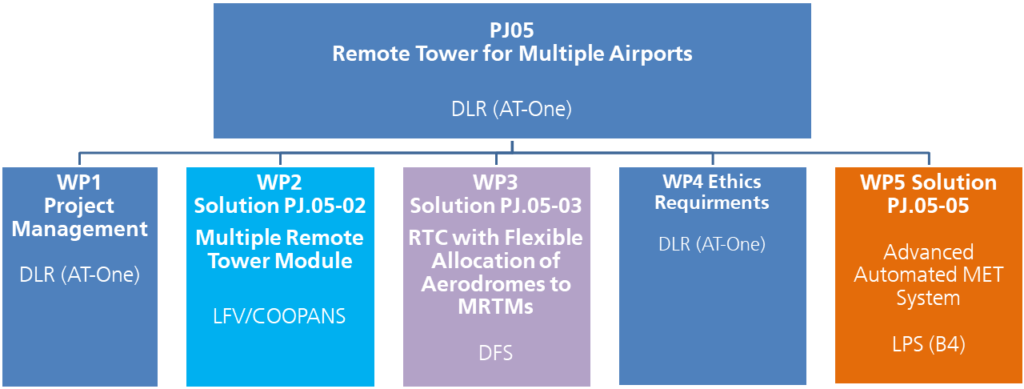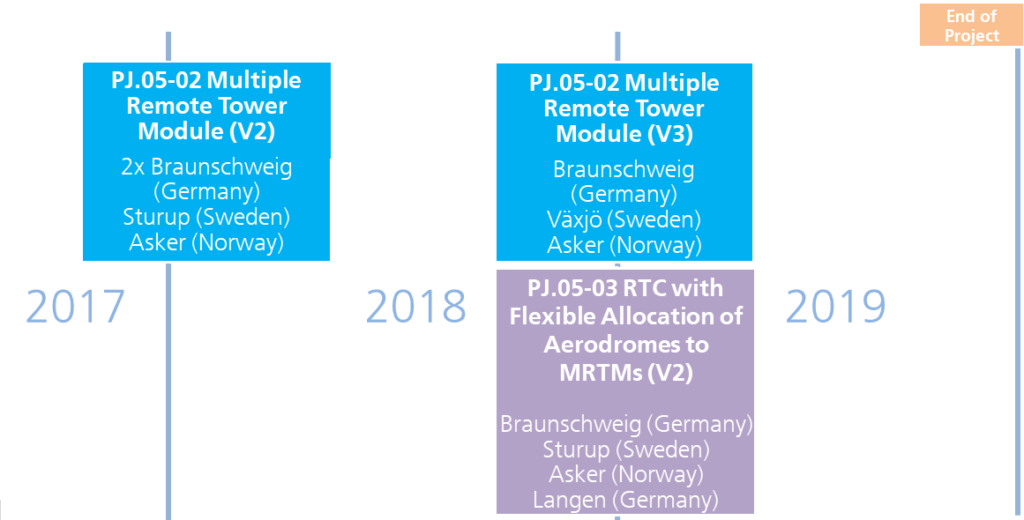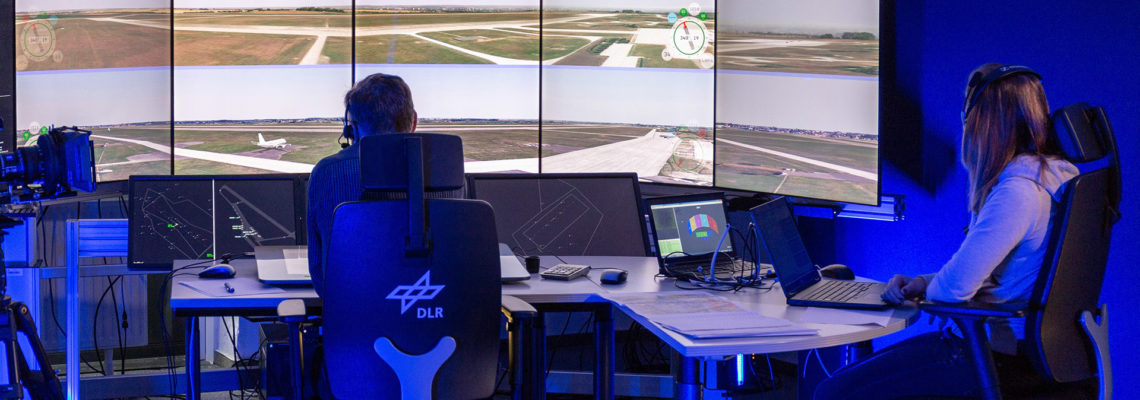Providing air traffic control (ATC) for aerodromes is a high quality and safety critical job. It needs best educated controllers and highly sophisticated and well maintained equipment, which, of course, causes costs. Costs that frequently exceed the revenues gained by fees to the airspace users, e.g. landing fees, which risks the sustainability of cost efficient air traffic control. Furthermore, today controllers became a rare source and direct visual observation of the aerodrome’s areas of interest from the Tower cabin might be impaired, either by low visibility, by far distant runways, taxiways or apron areas, or by buildings preventing a direct line of sight.
‘Remote Tower’ is a new and fast rising ATS concept to address those problems. The remote tower concept is changing the provision of Air Traffic Services (ATS) in a way that it is more service tailored, dynamically positioned and available when and where needed, enabled by digital solutions replacing the physical presence of controllers and control towers at aerodromes. The basic concept relies on cost efficient optical camera sensors, whose video images are relayed to a facility, situated anywhere, to be displayed on a video panorama in order to enable providing ATS from that facility, remote from the direct out-of-the-window view. To such a remote facility several aerodromes can be connected to be called a ‘remote tower center’ then. Depending on the traffic amount and complexity a controller can provide control to a single or multiple aerodromes.
Providing ATS for Multiple Aerodromes and its flexible allocation of aerodromes to Remote Tower Modules is the core subject of SESAR2020 “PJ05 Remote Tower” project. “Single” remote tower solutions have already been deployed through the predecessor SESAR 1 projects, but more significant impacts in flexibility and cost-efficiency are to be expected with “multiple” remote control out of a remote tower centre that was only partly covered so far.
PJ05 will bring the multiple/centre concept to a higher maturity Level (V2 or even V3). The PJ05 project idea attracted plenty of European organisations to contribute to PJ05: ANSPs, industries, R&D and airport stakeholders intend to provide their specific competences to broaden the operational and technological expertise. The PJ05 variety of partners and validation activities will help to adequately reflect the variety of operational needs and technical solutions, which in the end of the project will consolidate into a harmonized and widely accepted SESAR2020 PJ05 solution. The complete work is structured in a collaborative way throughout all work packages and will ensure the transfer of knowledge and know-how between all participants and external to SESAR2020 projects.
The project is composed of 3 main work packages, also called “Solutions”:

The project was launched in November 2016 and runs in its first wave over 37 months supported by a large group of international partners from industry, air navigation service providers and research organisations. It goes through four major validation phases.
Validation Phases

About SESAR
As the technological pillar of the Single European Sky initiative, SESAR aims to modernise and harmonise air traffic management in Europe. The SESAR Joint Undertaking (SESAR JU) was established in 2007 as a public-private partnership to support this endeavour. It does so by pooling the knowledge and resources of the entire ATM community in order to define, research, develop and validate innovative technological and operational solutions. The SESAR JU is also responsible for the execution of the European ATM Master Plan which defines the EU priorities for R&D and implementation. Founded by the European Union and Eurocontrol, the SESAR JU has 19 members, who together with their partners and affiliate associations will represent over 100 companies working in Europe and beyond. The SESAR JU also works closely with staff associations, regulators, airport operators and the scientific community.
PJ05 is one of 18 SESAR2020 Projects belonging to the Industry Research and Validation (IR) thread.


